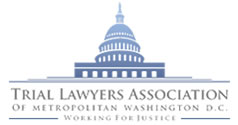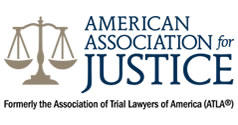Coarctation of the Aorta
- Anal Atresia
- Atrial Septal Defect
- Club Foot
- Coarctation Of The Aorta
- Craniosynostosis
- Heart Valve Defect
- Omphalocele
- Persistent Pulmonary Hypertension
- Pulmonary Atresia
- Pulmonary Valve Stenosis
- Spina Bifida
- Tetralogy Of Fallot
- Transposition Of The Great Arteries
- Ventricular Septal Defect
Birth Defects
The aorta is the major blood vessel that carries blood away from the heart so that it can be distributed to the rest of the body. Coarctation means narrowing and when a baby or young child has coarctation of the aorta a portion of the blood vessel is narrowed.
Coarctation of the Aorta Symptoms
It is possible, if the constriction is minimal, that there are no symptoms. In general, the number and types of symptoms depend upon the degree to which the aorta is constricted.
Symptoms include:
- Breathlessness
- Cold feet or legs
- Compromised ability to exercise
- Cramps in legs upon exercising
- Deficient growth
- Failure to thrive
- Fainting or dizziness
- Nosebleeds
- Pain in the chest
- Pounding headache
Signs the doctor may be able to detect indicating coarctation of the aorta include a pulse that is weaker in the groin or feet than in the arms or neck as well as lower blood pressure in the legs than in the arms. If symptoms are mild, coarctation of the aorta may not become evident until the child is a teenager.
Complications of Coarctation of the Aorta
The condition usually can be cured by surgery. Doctors in general believe it is best to perform surgery before the child is ten years old. Most surgical corrections are done during infancy.
The chances of dying because of heart problems, however, are greater in these children than in normal children. Even with surgery, there is the chance that the narrowing will recur. This usually happens in children if they are operated on when they are newborns.
Many complications can arise soon after surgery, or even during the procedure. These include:
- Aortic aneurysm, the ballooning out of the blood vessel's weakened wall (when the aneurysm stretches and thins to the point where it breaks, it is called an aortic rupture)
- Aortic dissection, occurs when there is bleeding into the wall of the aorta as well as alongside the wall
- Bleeding in the brain
- Damage to the kidneys
- Heart failure, occurs when the heart can no longer pump enough blood to meet the needs of the body's tissues and organs
- Hoarseness
- Infection in the heart, called endocarditis
- Paralysis of the lower half of the body (this is a rare result of surgery to repair the aorta)
- Premature coronary artery disease
- Severe high blood pressure
- Stroke, occurs when blood flow to the brain is blocked
In the long term, the aorta may continue to narrow.
Contact a Birth Defect Lawyer
If your baby is diagnosed with Coarctation of the Aorta or another type of heart birth defect, it can be a very frightening moment. There is some evidence linking heart defects to certain medications (SSRIs, for instance) if taken during pregnancy. To discuss a possible birth defect claim with a lawyer at Flood Law Group, please contact us today. Our birth defect lawyers represent parents of infants who are born with birth defects after being exposed to certain drugs such as SSRIs.


